How to Defrost a Freezer Quickly – Easy Step-by-Step Guide
When was the last time you defrosted your freezer? If the answer is, "I can’t even remember," you’re not alone. Defrosting a freezer often gets pushed to the bottom of the to-do list, but it’s more important than you might think. Regular defrosting not only improves energy efficiency but also maximises storage space and prevents that pesky ice build-up that makes your freezer look like the Arctic.
A well-maintained freezer saves money on energy bills, keeps your food fresher for longer, and eliminates the frustration of trying to jam a bag of peas into a space crammed with ice. So, let’s make this chore as painless as possible with some practical tips and tricks.


How often should you defrost a freezer?
The frequency of defrosting depends on the type of freezer you have and how often you use it. Here are some general guidelines:
- Manual-defrost freezers: These should be defrosted when the ice build-up reaches about a quarter of an inch thick. This could be every three to six months, depending on usage.
- Frost-free freezers: These don’t require manual defrosting, but a yearly clean is still a good idea to keep things running smoothly.
- High-use freezers: If you’re constantly opening and closing the freezer, you might notice ice build-up more frequently, so defrosting every few months may be necessary.
Keeping an eye on the condition of your freezer will help you decide when it’s time for a defrost. If you notice reduced storage space or difficulty closing the door, it’s time to take action.
How long does it take to defrost a freezer?
Defrosting a freezer can take anywhere from a couple of hours to an entire day, depending on factors like the size of the freezer and the thickness of the ice build-up. Here’s a breakdown:
- Small freezers with minimal ice: 1-2 hours.
- Larger freezers or significant ice build-up: 4-6 hours.
- Commercial freezers or neglected units: Up to 24 hours.
The good news? With a few time-saving tips (more on those in a moment), you can speed up the process significantly and get back to your day.
How to defrost a freezer quickly
Want to defrost a freezer quickly without sacrificing safety? Try these tricks:
-
Use bowls of hot water: Place heatproof bowls or pans filled with hot water inside the freezer. The steam will help melt the ice faster. Just make sure to replace the water as it cools.
-
Use a fan: Set up a fan to blow warm air into the freezer (perfect for chest freezers). This helps circulate the air and speeds up melting.
-
Defrosting sprays: These are available in most hardware or appliance stores and can significantly reduce the time needed. Be sure to follow the instructions carefully.
-
Hairdryer method (with caution): If you’re in a pinch, a hairdryer can be used to direct warm air onto the ice. Keep the dryer at a safe distance to avoid damage to the freezer or risking an electrical hazard.
Remember: Avoid using sharp tools like knives to chip away at the ice—it’s not worth damaging your freezer or injuring yourself!
Step-by-step guide to defrosting your freezer
Ready to get started? Follow this simple guide for a stress-free defrosting experience.
Preparation
Gather supplies:
-
-
- Towels or old sheets to soak up melted ice.
- A cooler or insulated bags to store frozen food temporarily.
- Bowls or pans for hot water (optional).
- A plastic scraper or spatula.
- Cleaning materials: Warm soapy water, vinegar, or baking soda for cleaning.
- Empty the freezer: Transfer your frozen food to a cooler. Use ice packs to keep items cold during the process. Group similar items together to make restocking easier later.
- Unplug the freezer: Always turn off the power before defrosting. If your freezer is part of a fridge-freezer combo, check the manufacturer’s instructions for how to safely switch it off.
-
Execution
-
- Lay down towels: Place towels around the base of the freezer to catch dripping water. Have extra towels or sponges on hand for replacing or squeezing out excess water as it melts.
- Melt the ice: Choose a method to speed up melting:
- Place bowls of hot water inside the freezer and close the door. Replace the water every 15-20 minutes to maintain heat.
- Use a fan to circulate air into the freezer, especially if it’s a chest freezer.
- Spray a defrosting solution over the ice and let it work its magic.
- Remove loose ice: As the ice begins to loosen, gently remove large chunks using a plastic scraper or spatula. Avoid applying too much force, as this could damage the freezer lining.
- Clean the interior: Once all the ice is gone, wipe down the interior walls, shelves, and drawers with warm, soapy water. Add a splash of vinegar or baking soda to the mix to neutralise odours and tackle any stubborn stains.
- Inspect and maintain: Check the freezer’s seal and drainage (if applicable) to ensure they are in good working order. Address any issues to prevent future ice build-up.
Clean-Up and Finishing Touches
-
- Dry thoroughly: Use a clean, dry cloth to ensure every corner of the freezer is completely dry before turning it back on. This prevents immediate re-freezing and further ice formation.
- Reconnect and cool down: Plug the freezer back in and allow it to reach the optimal freezing temperature (typically -18°C) before restocking.
- Restock food: Return your food to the freezer in an organised manner, with commonly used items in easy-to-reach spots. Dispose of any expired or freezer-burned food during this process.
- Dispose of water properly: Empty the drip tray (if your freezer has one), wring out towels, and wash any cleaning supplies used.
Tips for reducing ice build-up in the future
- Check the door seal: A faulty seal lets warm air in, leading to condensation and ice.
- Don’t overfill: Overpacking restricts airflow, which can contribute to ice formation.
- Cool food before storing: Putting hot or warm items in the freezer creates moisture, which can freeze and add to ice build-up.
- Defrost regularly: Set a reminder every few months to prevent the problem from snowballing.
Conclusion
Defrosting a freezer might not be the most glamorous task, but it’s essential for keeping your appliance running efficiently and your food stored safely. By following these tips and tricks, you can defrost a freezer quickly and easily, saving time, energy, and money. Keep your freezer maintenance routine on track, and you’ll never have to deal with an icy mess again.
To find out if it is time for a new one, read our blog about when the right time to upgrade your appliance is by following the link bellow.


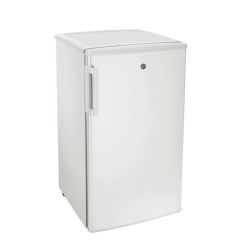


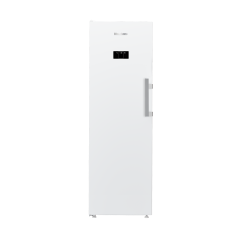











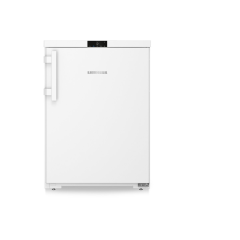



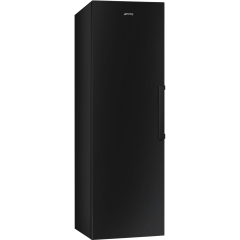






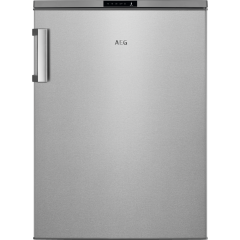

 3%
3%OFF

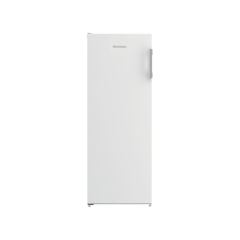




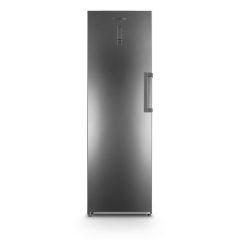



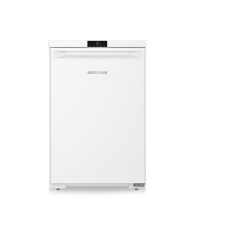



 6%
6%OFF

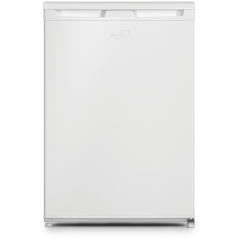




 6%
6%OFF




 6%
6%OFF



 6%
6%OFF

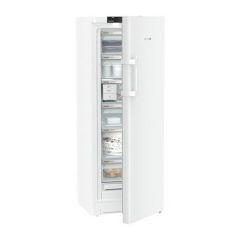

 6%
6%OFF



 6%
6%OFF




 6%
6%OFF



 6%
6%OFF



 6%
6%OFF



 6%
6%OFF


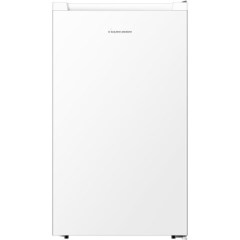
 7%
7%OFF



 7%
7%OFF



 7%
7%OFF




 6%
6%OFF




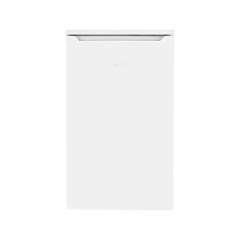


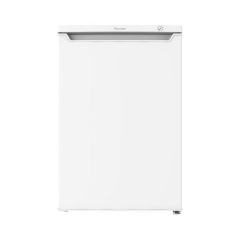








 Ellesmere
Ellesmere






























